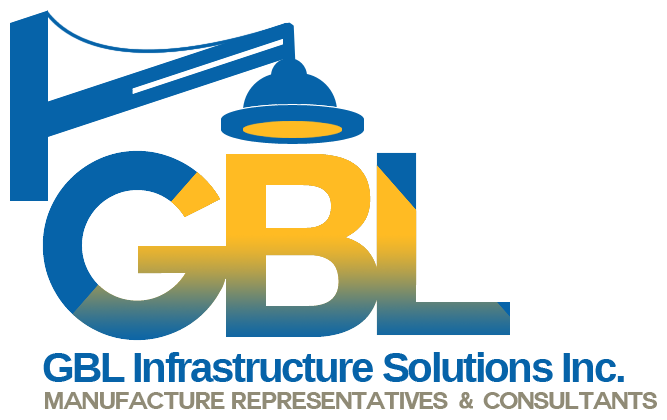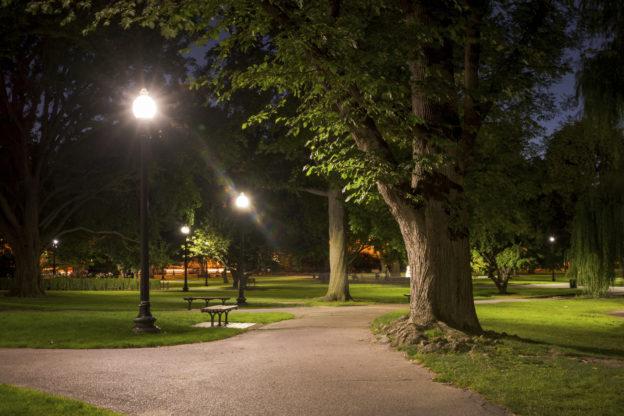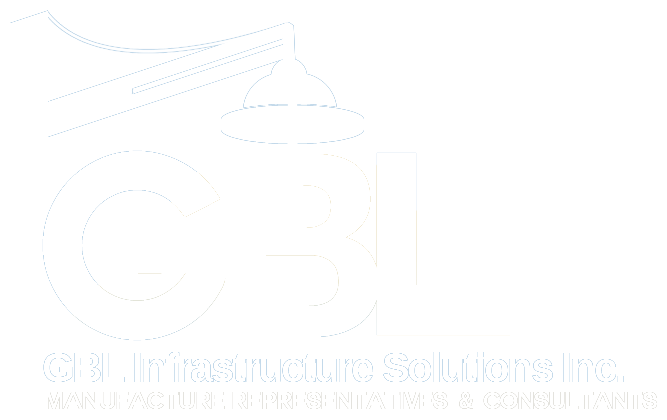See How Smart Cell Lighting Is Impacting Cities
Small cell poles do more than just expand cellular coverage and provide convenient places to mount additional devices: They provide a host of environmental and economic benefits. In fact, updated infrastructure with lighting and cell poles that take advantage of advances in LED technology are key for any city that wants to make itself ready for the future. In this post, we’ll cover some of the major ways smart cell and lighting infrastructure can improve the economic and environmental outlooks of a city.
Economic Benefits
Smart light poles can help a city’s bottom line in a variety of ways. They can be connected to a central hub, which allows for workers to assume a high level of oversight and control over lighting operations. These lights can dim and brighten as needed, so they won’t be on when they’re not useful, thus reducing energy bills. As an example of this in action: Lights can be programmed to brighten when people are near but go dormant when nobody is around.
Additionally, the LED lighting used by new light poles is a more efficient and durable solution compared to other options, per the Energy Saver program. That means that they both cost less to run and are less prone to needing replacements—two more factors that help a city’s budget. Finally, smart cell 5G poles can increase the connectivity of a city in an aesthetically attractive manner, thus making it more attractive to businesses and residents alike.
Environmental Benefits
Because they consume less energy than older forms of lighting, the LED lights increasingly found on California smart cell poles and across the country are naturally better for the environment. LED lights not only use less energy, though: They also make better use of the energy that they do consume, wasting less of it as heat. Lower energy needs translate to lower levels of carbon emissions from power plants.
They can also reduce light pollution. For instance, in densely populated areas like certain parts of California, smart cell poles that dim when unneeded won’t spray unnecessary light into the sky.
Emissions are another area in which smart pole infrastructure can help. Because they can house traffic sensors, for instance, they may be able to help alleviate congestion, and the sooner cars reach their destination, the sooner they can stop emitting pollution.
Learn More About Small Cell Poles and 5g Poles
The benefits are clear: Smart lighting infrastructure can boost the environment and the economy of a city. All city planners can benefit from evaluating this technology. Think about your options and contact the lighting professionals at Great Basin Lighting, our West Coast outdoor LED lighting company. When it comes to retrofitting street and municipal lighting, take time to consult with the experts at Great Basin Lighting to learn more.


















